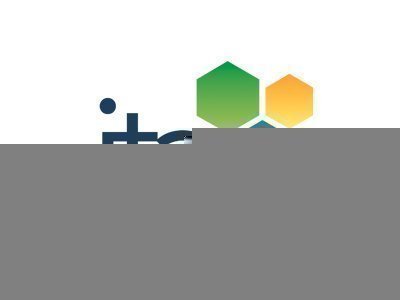Swedish Study Supports JTA's Dosimetry Heavy Approach to Noise Surveys
A study involving 209 dosimetry measurements and 100 area measurements in four Swedish paper mills supported the use of dosimetry, in the characterisation of noise exposures in conjunction with sound pressure levels, over sound pressure levels on their own. The analysis showed that dosimetry measures, had the highest estimated validity coefficient (0.70), and that area measurements (0.40) were significantly less accurate at predicting exposure.
The need for dosimetry to accurately assess noise exposures is something to which JTA acoustic scientists and engineers have a long held commitment, as evidenced by the number of dosimeters we have available for our consultants to use when conducting occupational noise assessments.
Dosimetry is essential to do justice to workers engaged in multiple tasks with different noise sources, single tasks with complex noise profiles, tasks with exposures approaching the standard and tasks which are difficult to assess with a sound level meter. It is just not possible to accurately determine an individual's noise exposures with a sound level meter due to the multiple estimates of levels and the duration of each task.
As anyone familiar with WHS/OHS practice will know, the precautionary principal demands conservative judgement; that is to "err with caution" when unsure of or lacking good data on risks. When applied to noise assessments an extra hour here, a few extra dB there, to cover estimates based on short term measurements will burden more workers with hearing protectors than would be necessary if we had the more accurate data that dosimetry provides.
This may not worry some due to the relatively low cost of hearing protection, however, as we have said many times over anyone that trades a low cost noise survey, for more people in hearing protection has never had to wear hearing protection for a day; and given all the administrative baggage and productivity issues with hearing protectors, has a narrow, short term view of financial management.
We welcome this study as supporting our call for OHS controls based on good science. Best thing to come out of Sweden since The Bridge.
Jeremy Trotman, Principal Occupational Hygienist
Comparison of Multiple Measures of Noise exposure in Paper Mills, Neitzel R., Andersson M., Andersson E., Annals of Occupational Hygiene, Ann Occup Hyg (2016) doi: 10.1093/annhyg/mew001, First published online: February 17, 2016
10 Reasons JTA Noise use Dosimetry in Occupational Noise Assessments
1. Handheld measurements are only one piece of the puzzle when undertaking occupational noise assessments. Dosimetry is required to complete the puzzle for determining the true risk to employees from hazardous noise.
2. Using dosimetry can accurately determine the true noise exposure of employees over their shift, rather than just an assumption of how long they’re using individual equipment items or how long they are in noisy areas for.
3. Workplace noise can be complex, with a variety of different noisy tasks being completed by many different employees throughout the day. A consultant assessing a workplace’s occupational noise risk can only be in one spot at any one time. Dosimetry provides data and results for employees exposed to noise when the assessor is not in the same area.
4. Dosimetry can obtain noise exposure results of employees where an assessor cannot normally assess without it, i.e. forklift drivers and other single seat vehicles, critical hygiene zones, or flammable areas requiring intrinsically safe equipment.
5. The exposure standard for hazardous noise states that an employee exposed to an average of 85dB(A) requires noise controls to protect them. Dosimetry takes into account break periods such as lunch breaks and tea breaks, so reported employee noise exposure average levels are generally lower than assessments without dosimetry. This can mean the difference between employees requiring to wear hearing protecting in an area or not.
6. Dosebadges are small and light (about as wide as 50 cent coin, and weigh less than 100g), they clip onto the shoulder of selected employees and are non-intrusive. They don’t record audio and they don’t incorporate a GPS, so employee privacy is protected.
7. By providing a clearer picture of employee noise exposure with dosimetry, more targeted noise controls can be recommended for workplaces, potentially offering more cost effective treatments than assessments without dosimetry.
8. Dosimetry is considered of fundamental importance in the disciplines of measuring employee’s noise exposure and is the standard for any high quality occupational noise assessment.
9. Dosimetry can be used to cost effectively assess employees who need to conduct work away from the main site of operation such as truck drivers or mobile mechanics for example.
10. Dosimetry is an essential tool to provide high level advice to workplaces to keep people safe from noise. People who are safe from hazardous noise are people who will get to enjoy their hearing even when they are old and grey.
William Dalmau, Acoustic Consultant









